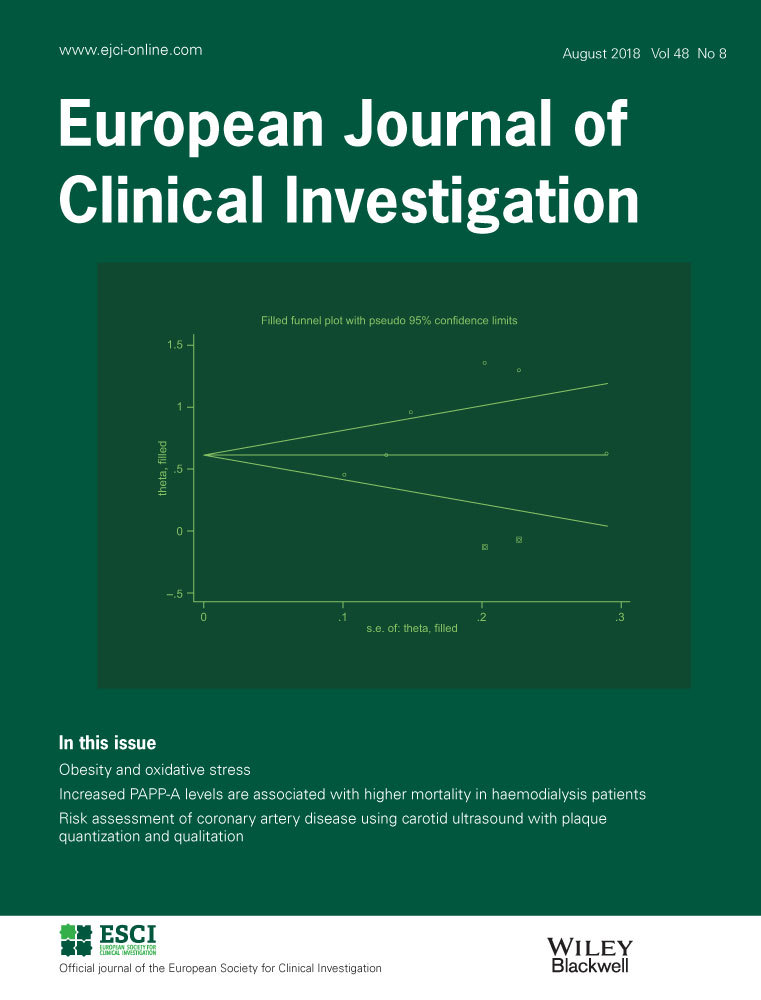Recent advances in multimodality imaging-guided therapy in pericarditis
Abstract
Background
In the era of precision medicine, cardiac multimodality imaging plays a vital role in diagnosing, managing, and monitoring pericarditis. This condition, often marked by inflammation and recurrent episodes, requires precise imaging techniques to guide diagnosis and therapeutic decisions.
Methods
We carefully reviewed the medical literature for high-quality data regarding the use of multimodality imaging in pericarditis and the precious value of the novel concept of imaging-guided therapy.
Results
While echocardiography remains the cornerstone for detecting pericardial effusion and evaluating hemodynamics, its limited ability to characterize inflammation has driven the use of advanced modalities such as cardiac magnetic resonance imaging (CMR), cardiac computed tomography (CT), and positron emission tomography (PET). CMR offers superior visualization of pericardial inflammation through late gadolinium enhancement, aiding in identifying patients who may benefit from targeted anti-inflammatory therapies. CT imaging, with its high spatial resolution, aids in detecting pericardial calcifications and thickening, particularly in constrictive pericarditis. PET, often combined with CT, is a valuable tool for quantifying metabolic activity, allowing the detection of active inflammation, particularly in complex or refractory cases. Multiple imaging targets have been identified as essential biomarkers to confirm the inflammatory phenotype, assess treatment response, and monitor for complications.
Conclusion
Considering the inherent limitations of each imaging modality, the integration of imaging findings with clinical and biomarker data may aid clinicians in tailoring therapy according to different clinical scenarios and better stratification of patients who may benefit from IL-1 blockade. This review explores the valuable role of cardiac multimodality imaging-guided therapy in managing pericarditis.


 求助内容:
求助内容: 应助结果提醒方式:
应助结果提醒方式:


